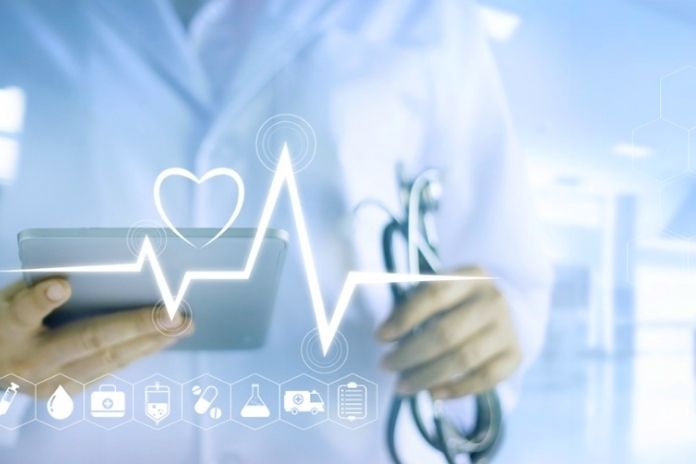Health technology allows doctors to have better working conditions and more time to focus on patients, consequently having a better quality of life.
What Is Healthcare Technology?
Technology comes from the Greek Techni and logia, which together mean the study of art or craft. It can be defined as techniques and processes that improve the health area.
The concept of technology does not only refer to equipment and electronic products, such as computers, medical software, and x-rays, among others.
It can also refer to technology as the use of techniques from scientific research that has been discovered in medicine. Shortly, patients will be able to have a personalized treatment based on their genetics and will be able to prevent various chronic diseases through Precision Medicine. In a few decades, it may be possible to produce artificial organs through 3D printers and reduce waiting lists for organ transplants.
Top 5 Health Benefits Of Technology
Improved patient experience medicine is increasingly concerned with making patient-centered decisions. After all, it is what makes the health system have a purpose of existing.
Therefore, loyalty is a fundamental topic for any medical institution, especially when we remember that loyalty is cheaper than attracting new people.
Technology can improve the patient experience through innovations such as:
- Online scheduling: allows patients to book appointments anytime, anywhere, without having to contact the clinic directly;
- Wearables (smart wearable devices): smartwatches, touch jacket, and smart glasses are just a few options for wearables that can send health data to patients and doctors, which helps in a complete history;
- Automatic sending of messages: appointment reminders and personalized emails can be sent through a medical system, so you can use data from patient records to segment the sending.
Reduction Of Costs For Health Care Providers
Currently, healthcare providers spend a lot of money – which could be saved – on process failures in healthcare auditing. With the help of technology, it is possible to have a system that centralizes the list of patients, clinical evolutions, internal chat, data analysis, and patient hospitalization management.
With increased assertiveness in diagnosis with the help of wearables, doctors can receive patient health data in real-time and have a complete clinical evolution. Instead of just relying on patients’ memory or old exams, wearable devices allow information to be always up to date.
This innovation already helps immensely in the assertiveness of diagnoses, and this result improves even more with medical marketing which eliminates the distance between health professionals and patients.
Results of radiology exams, consultations, diagnoses, all these medical services can be safely performed remotely in a system for clinics. A doctor can also discuss a clinical case with a specialist from another country and ensure the best possible clinical outcome.
Greater Precision In Surgeries
Robot surgeons allow doctors to perform surgeries remotely in an ergonomically comfortable position, whether in a different room or in another city.
As the machines have HD cameras and mechanical arms that perform short and precise movements, the quality of the surgery increases, and the doctor can be more comfortable during the process. The patient has a faster recovery, and with the advancement of Telemedicine, he will not need to travel from his city to have the surgery.
Improvement In The Quality Of Medical Education
Medicine is a traditional course that requires dedication and commitment, innate qualities of any health professional. However, most undergraduate courses in Brazil still need to innovate their curricula and allow students to exchange experiences with professors and students from other cities, states, and countries.
Imagine being able to learn from professors from different parts of the world or discuss clinical cases with several universities. Medical education would only get more prosperous, and with technologies like virtual reality, students can simulate procedures and have more confidence in real life.
Also Read: What Are The Advantages Of Using Machine Learning In The Industry?

